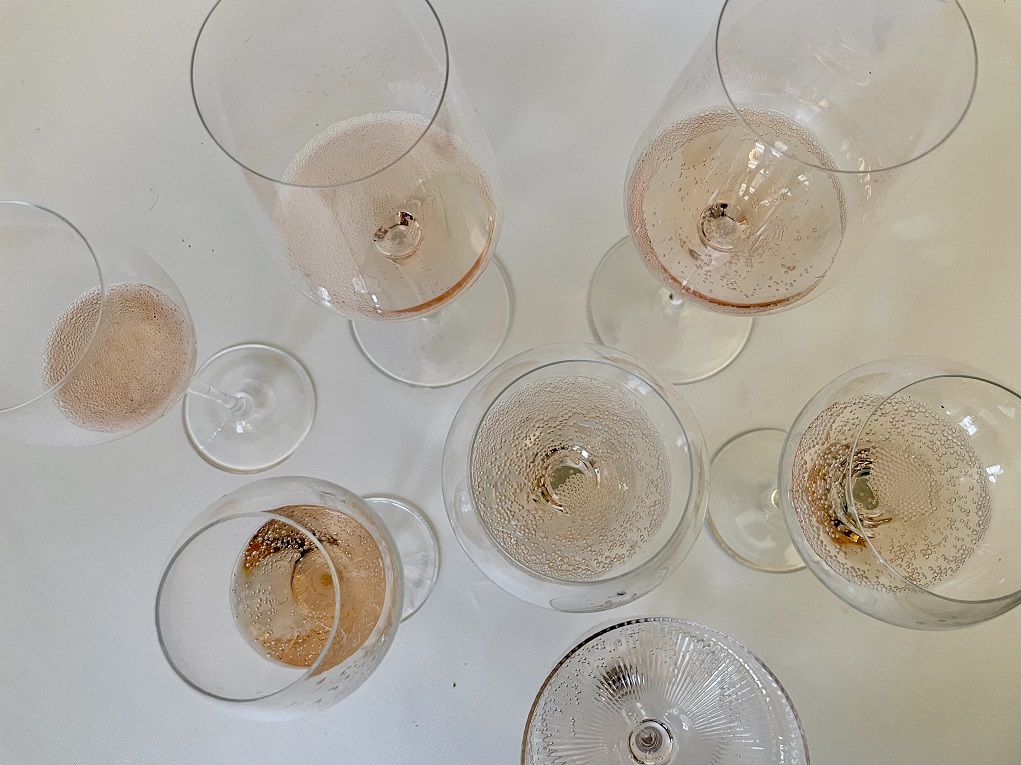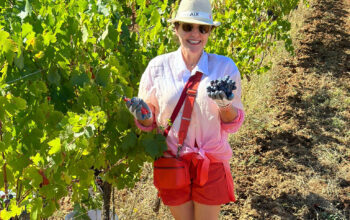Whether you go for champagne, cava, crémant, cap classique or sect; if you want to bubble really cool, this year do so with a sparkling rosé. That too, depending on grape varieties used, provenance and method, comes in many flavours. An overview. - TEXT + IMAGE MAGDA VAN DER RIJST
Pink prick
Sparkling rosé is unstoppable. The Champagne Bureau talks of a 1.5 per cent increase in 2021 compared to 2019, representing 20 million bottles - a sloppy 4.5 million bottles more than in previous years. Most of these go to the United States, where 18.3 per cent of all champagnes are currently rosé. In India, they tap the 21.2 per cent mark and closer to home, Germans score high in sparkling rosé consumption at 13 per cent. The trend continues in other countries. Spain reports producing 30 per cent more pink cava than before. And proseccorosé, officially launched last year by the Prosecco Consorzio, albeit a bubble with a different preparation method than champagne and cava, is also on the rise.
Traditional method
Let's talk briefly about the method of preparing sparkling wine. The main ways for quality bubbles are the traditional method and that of the cuve close. In the traditional method, a still wine is made first, vin clair, which then came up with the tirage liqueur, a mixture of sugar, wine and yeast, is bottled. (Crown) cork on it and in the closed bottle, the wine starts fermenting again, producing carbon dioxide that now cannot get out of the bottle. Et voilá, after about a year, the sparkling wine is ready.
(...)
Want to read more about sparkling wines? You'll read about it in WINELIFE 80. Order this one here!
Don't want to miss a single edition? Subscribe then subscribe to WINELIFE Magazine now!
Want to stay up to date with the best articles? Follow WINELIFE magazine on Instagram, Facebook and sign up for our fortnightly newsletter.




